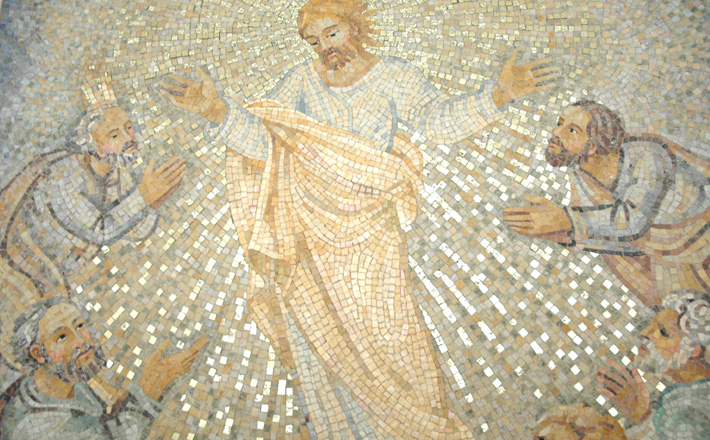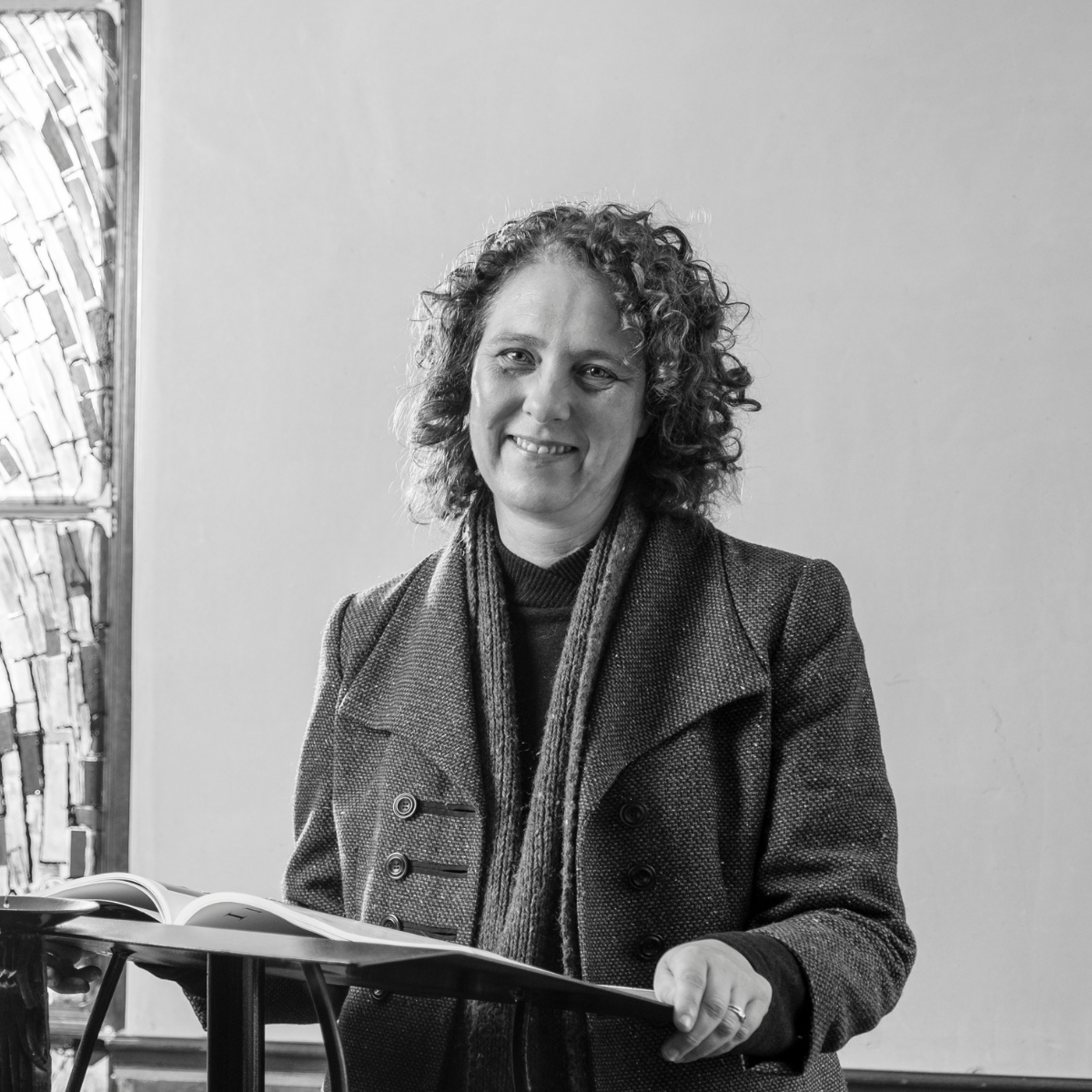Commentary on Exodus 24:12-18
A central theme in the biblical traditions regards the notion of the divine presence.
Biblical writers imagined various ways in which God is present with God’s people. For instance, the Priestly writer spoke of the glory of God being present in terms of a descending cloud and a devouring fire. Elsewhere, God is said to be present in the ark of the covenant (1 Samuel 4), in the tent of meeting (Exodus 33), and later in the temple built in Jerusalem (1 Kings 8; Psalm 132. See also the chapter on “The Presence in the Temple” in Samuel Terrien’s book The Elusive Presence that outlines this development).
As Terrien has shown though, this presence of God is elusive. He argues that in the Bible there “exists the dynamic tension between divine self-disclosure and divine self-concealment. The proximity of God creates a memory and an anticipation of certitude, but it always defies human appropriation. The presence remains elusive” (p. 43).
Something of this “elusive presence” is also evident in the Old Testament reading for this Transfiguration of Our Lord Sunday. In Exodus 24:12-18 one finds two distinctive perspectives regarding God’s presence that are held in tension: God being near and God’s sovereignty. So this reading is found in the immediate context of the covenant meal that is held in Exodus 24:9-11 in which Moses, Aaron, Nadab, Abihu, and 70 leaders of the people ate and drink together with God — the communal meal serving the function of celebrating the sealing of the covenant in Exodus 24:3-8. This text is as a powerful witness to God’s commitment to be intimately involved with God’s people.
However, the lectionary text for today is also part of the larger context of Exodus 19-24, in which God is revealed in a display of awesome terror in Exodus 19:6-9 where “thunder and lightning, as well as a thick cloud on the mountain and a blast of a trumpet” represent the presence of God causing the people of Israel to tremble.
As we read in Exodus 19:18: “Now Mount Sinai was wrapped in smoke, because the Lord had descended upon it in fire; the smoke went up like the smoke of a kiln, while the whole mountain shook violently.” In Exodus 24:12-18, the multiple references to a cloud and a devouring fire continue the theme of God’s elusive presence.
It is thus important to hold on to both perspectives of God’s sovereignty as well as God’s intimate presence when reading Exodus 24. So the memory of God being intimately present in a type of Eucharistic meal is fresh in the mind. As Brevard Childs proposes: “A new avenue of communication has been opened to his people which is in stark contrast to the burning terror of the theophany in chapter 19” (Childs, The Book of Exodus, p. 507).
It is further significant that only Moses is commanded to proceed up the mountain to be in God’s immediate presence, leaving Aaron and Hur to look after the people. Moses stays in the cloud for 40 days and 40 nights — a very long time. In yet another encounter with the Divine in Exodus 34:29-30, we read how Moses’ “face shone because he had been talking to God.”
We thus see how the encounter with God has a transformative effect on those who find themselves in the presence of God. Moses’ transformative encounter with God underlies the Transfiguration of Jesus according to which it is said in Matthew 17:2 that Jesus’ “face shone like the sun, and his clothes became dazzling white.” In this New Testament text, Jesus is thus echoing and embodying Moses’ encounter with the divine presence as narrated in Exodus 24.
In the cloud, Moses is said to receive the tablets of stone as well as further instruction that offers an important link between God’s awesome presence that gives rise to worship and covenantal demand. This link between law and worship that is at the heart of the covenantal relationship bestows some important perspectives on both the law, which is to be understood in terms of God’s enduring presence, and on God’s presence which is realized everywhere the law is followed.
Finally, the conversation regarding the divine presence is particularly poignant in those situations in which people have had serious reservations about the presence of God. For instance, during the Holocaust, which without doubt is one of worst periods in human history, many scholars have talked about the absence of God — as indicated by the brackets around God in the title of Zachary Braiterman’s 1998 book, (God) after Auschwitz.
In her 2003 book, The Female Face of God in Auschwitz, Melissa Raphael contemplates God’s presence even in the most abhorrent conditions that marked the death camps like Auschwitz. Raphael describes in gruesome detail based upon the women’s memoirs she read for the study about “the gross indignities of bodily degradation;” the diarrhea due to typhus and other ailments; the lack of opportunities and facilities to wash oneself. A theology of presence that places God in the midst of such vile conditions thus offers a serious overturning of the traditional understanding of God turning away from defilement, positing that God is present in midst of “her soiled creation.” As Raphael argues:
God knew Israel’s “unseemliness” but still moved about the camp and did not turn away. Indeed she was like a mother who will not be repelled by her child’s “unseemliness,” but in washing her must come all the closer because of it. (p. 81)
In light of the link between covenantal demand and God’s presence highlighted in terms of Exodus 24, Raphael seeks God’s presence in the stories of ordinary women who through the exceedingly ordinary acts of washing or caring for their own bodies or the bodies of others reflected something of the presence of God. These “simple acts of humanity” had the purpose of restoring the personhood that was seriously imperiled by the dehumanizing acts of the Nazis in the death camps. As she writes: “God is present wherever personhood is honoured” (p. 88).


March 2, 2014